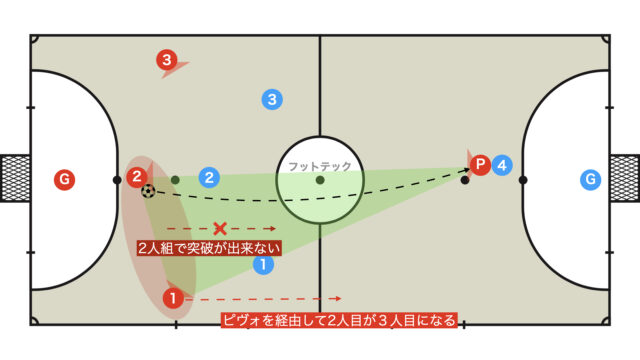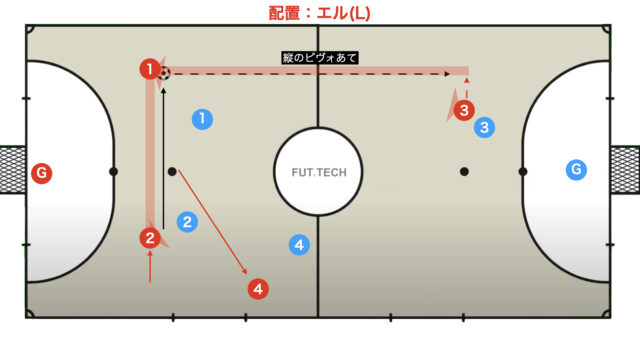When playing competitive futsal, haven’t you ever been troubled, wondering, “What should I do when I can’t break through with a one-two or paralela, or when I can’t deliver a pass?”
In such cases, it is crucial to abandon a duo breakthrough and instead involve a third player.
This article provides a thorough explanation of the reverse ala’s backdoor within a 3-1 setup, applicable to various 4-0 and positional attack strategies.
Overview
First, attempt to break through using a duo
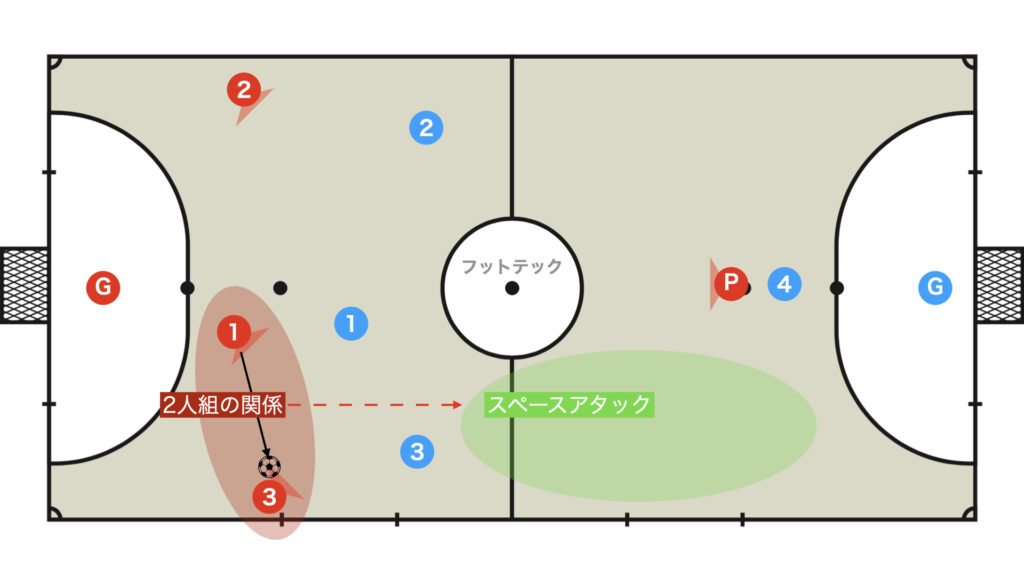
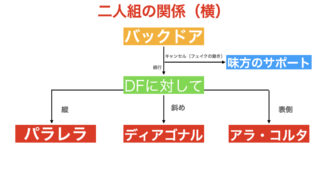
When a duo breakthrough fails → Use the reverse ala

In cases such as the following, where a duo breakthrough cannot be executed, involve a third player:
- The route behind (from the passer to the receiver) is blocked
- The receiver hasn’t managed to get behind
At this time, be aware of the off-the-ball connection between red 2 and red 3 (ballless pairing).
The second becomes the third: reverse ala’s backdoor
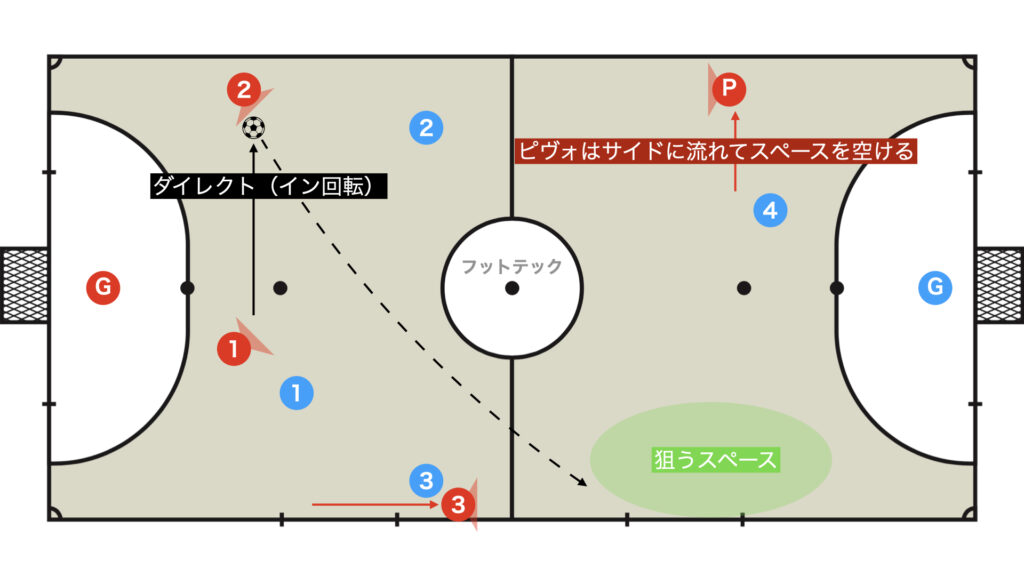
As pivo creates space, ala makes a run into the gap, aiming for the backdoor.
At this moment, focus on targeting the space that the opponent’s fixo (blue 4) and Goleiro’s cover cannot reach in time.
One-Two
When a one-two cannot be executed → Cancel it
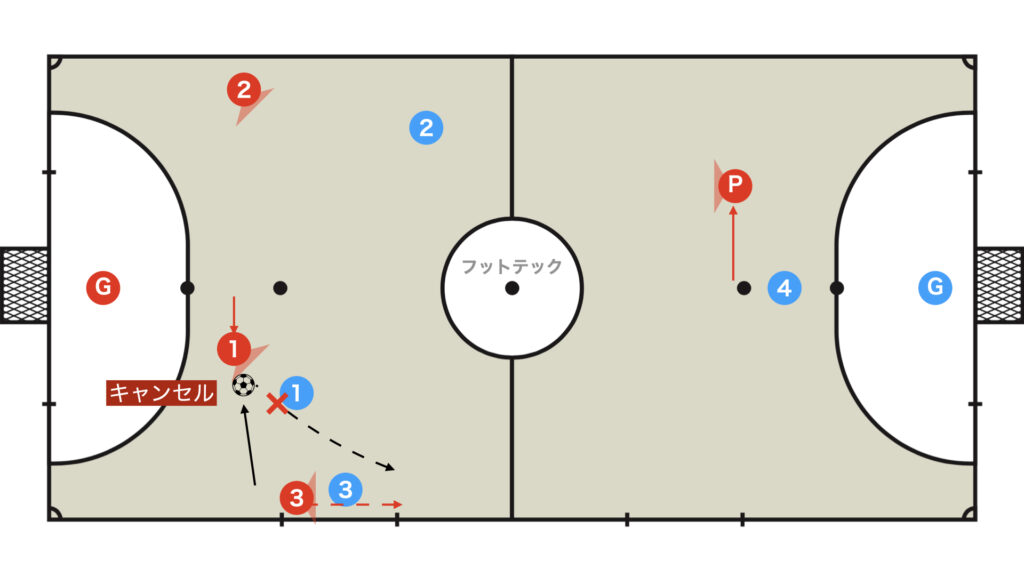

At this time, it is important for the fixo to turn (facing forward) without turning his back to the opponent.
Turn and deliver to the reverse ala
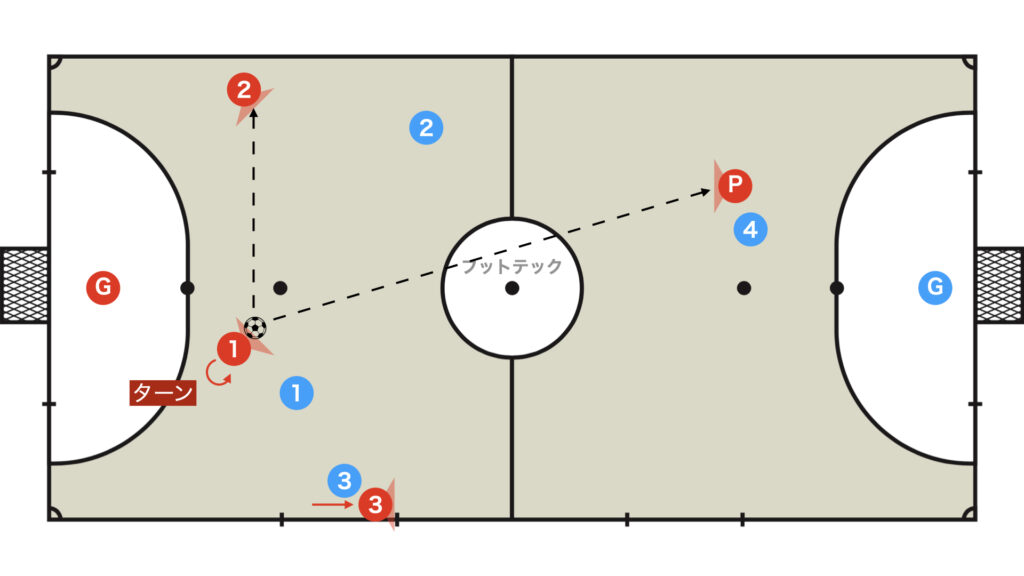

At this moment, there is also an attacking pattern that goes through pivo.
Make the best decision considering the team’s standards, dominant foot, and the state of the opponent’s defense.
For the attacking pattern involving pivo, please refer to the article below.
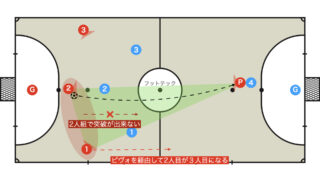

Reverse ala’s backdoor



Paralela
When paralela cannot be executed
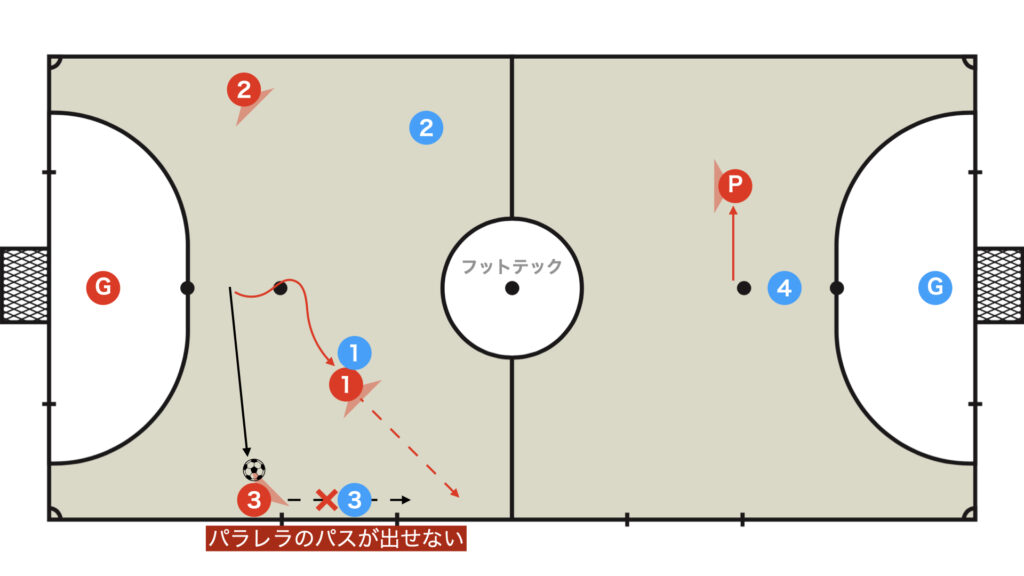

There are four main ways to receive a paralela, which are explained in detail in the article below.
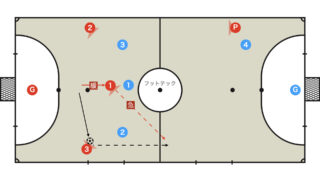

Among these, during a paralela that arcs from parallel support to paralela, the reverse ala’s backdoor is particularly effective.
The second becomes the third → reverse ala’s backdoor
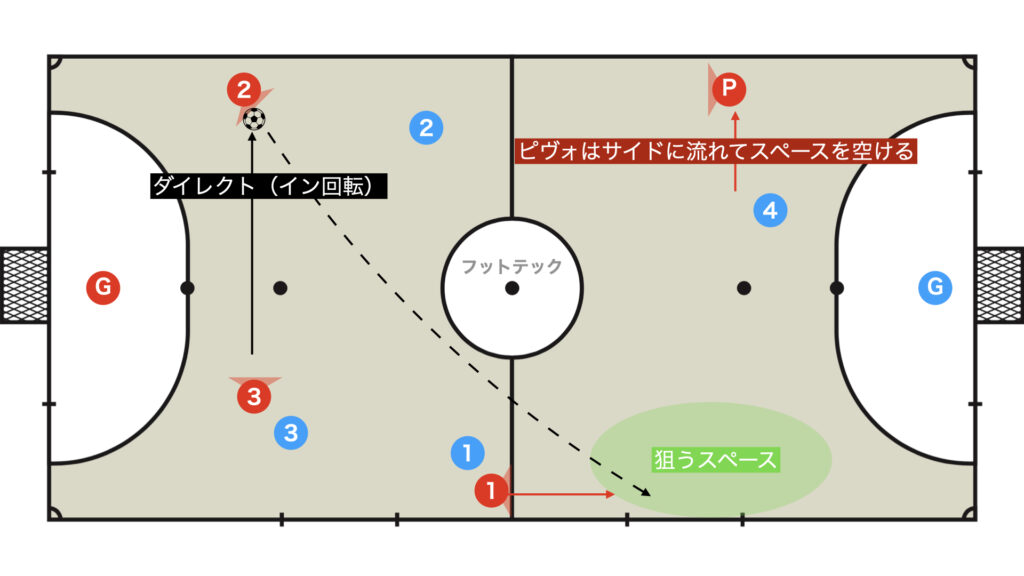

It is the same as what was described earlier for the one-two.
If the reverse ala fails to get behind
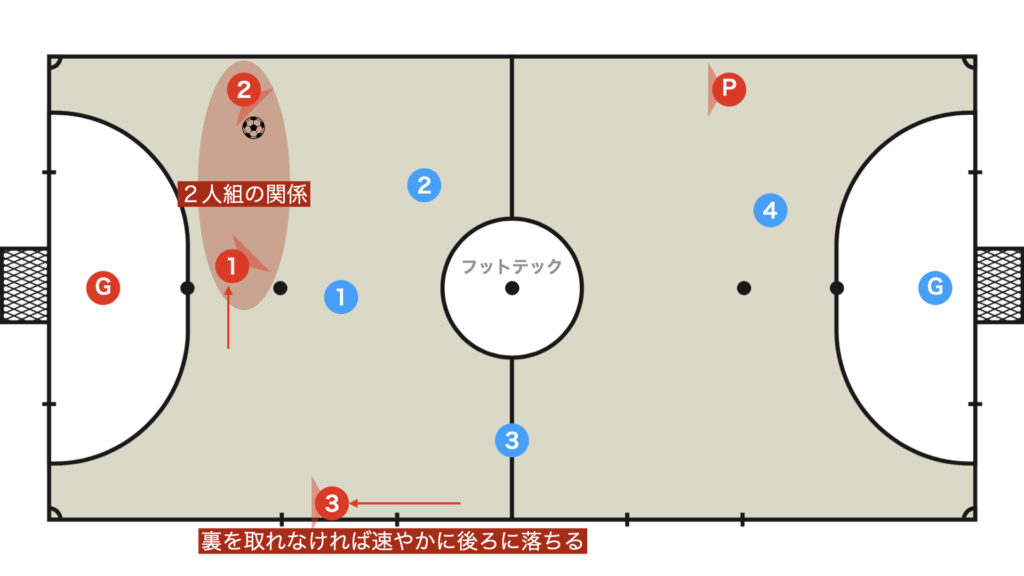

Even if you pull back despite not having secured the space behind, it only eliminates the passing lane; therefore, if you determine that the pass cannot be received from behind, fall back quickly.
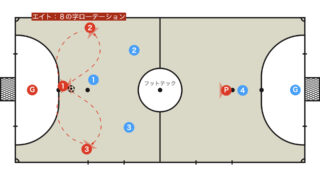

Summary
What did you think?
Remember, an attack involving a third player (via a pass) is never executed in isolation; it is always based on individual tactics and duo play, with the threesome strategy built upon them.
Thank you very much for reading this article to the end.
If you found this article useful, please consider sharing it using the social media share buttons above.
We regularly share valuable insights on futsal tactics on Twitter, so if you haven’t followed us yet, we’d appreciate your support!
We are committed to raising the level of futsal in Japan by sharing high-quality information through discussions with individuals who have coaching experience in the F.League and overseas.
If you have any questions or notice any mistakes, feel free to leave a comment below.
We update our articles regularly, so if you’d like to keep reading, please bookmark our site or search for “FutTech”!
